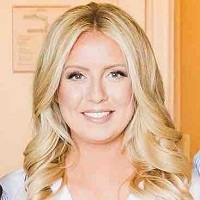Software as a Service (SaaS) is growing fast. More than $1B was invested into SaaS across the country last year, and software development accounts for almost 15 per cent of the spots on the 2017 PROFIT 500 ranking of Canada’s Fastest-Growing Companies.
Through the 1980s and into the 90s, Canadian companies like Mitel, Nortel, Newbridge and Cognos laid the foundation for a technology sector that has become a major economic driver for Canada.
You may have heard about many “accelerator” organizations that have popped up across our country, created to help a new generation of Canadian software firms evolve. L-SPARK, the organization that I am a founding member of, is an example of one of these accelerators. We’re based in Ottawa, and are a key resource for Canadian start-ups in today’s ultra-competitive, global, technology ecosystem.
This ultra-competitive global landscape is exactly the reason why so many accelerators exist today. That, and the fact that SaaS organizations face a number of unique challenges as they grow their business.






